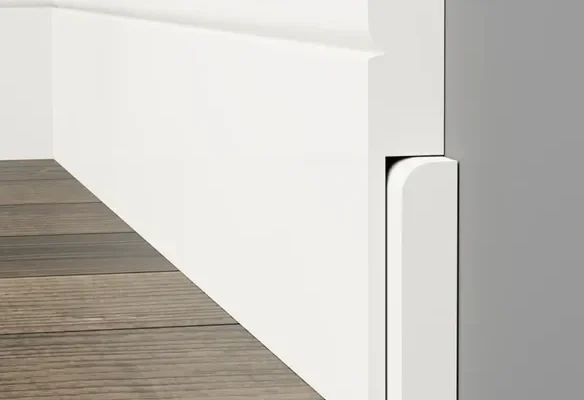Mini split HVAC systems, also known as ductless systems, are popular for their energy efficiency, zoned comfort, and quiet operation. If you’re considering installing one, it’s important to understand the installation requirements to ensure optimal performance, safety, and longevity.
Key Components of a Mini Split System
Before discussing installation requirements, it’s essential to know the basic components of a mini split hvac system:
-
Outdoor Unit (Condenser/Compressor): Handles heat exchange and houses the compressor.
-
Indoor Unit (Air Handler): Mounted on a wall, ceiling, or floor, delivering conditioned air to the room.
-
Refrigerant Lines: Connect the indoor and outdoor units for heat transfer.
-
Electrical Wiring: Powers the units and connects the thermostat or control system.
-
Condensate Drain Line: Removes moisture from the indoor unit during cooling.
Proper installation ensures each component functions efficiently and safely.
1. Electrical Requirements
-
Mini split systems require a dedicated electrical circuit.
-
Voltage requirements typically range from 110–240V, depending on the system and number of zones.
-
A licensed electrician should install the wiring and circuit breaker to comply with local building codes and safety standards.
2. Placement of Indoor Units
-
Indoor units should be mounted on a structurally sound wall capable of supporting the unit.
-
Avoid placing units near heat sources, direct sunlight, or obstructions that block airflow.
-
Maintain clearance around the unit for easy filter cleaning and maintenance.
-
Position units to ensure even distribution of air across the room for maximum comfort.
3. Placement of Outdoor Units
-
The outdoor unit should be on a flat, stable surface, such as a concrete pad or mounting bracket.
-
Maintain clearance around the condenser to allow proper airflow and prevent debris buildup.
-
Avoid placing units in areas prone to flooding or excessive snow accumulation.
-
Ensure the unit is accessible for maintenance and service.
4. Refrigerant Line Installation
-
Refrigerant lines connect the indoor and outdoor units and must be properly insulated to prevent energy loss.
-
Line length is limited by manufacturer specifications, typically 15–50 feet, depending on the model.
-
Excessively long or improperly routed lines can reduce efficiency and strain the compressor.
-
Only licensed HVAC technicians should handle refrigerant lines to avoid leaks and comply with safety regulations.
5. Condensate Drain Requirements
-
Indoor units produce condensate during cooling, which must be drained safely.
-
The drain line should have a slight downward slope to prevent water backup.
-
Drain lines can connect to a floor drain, condensate pump, or direct outdoor discharge.
-
Regular inspection ensures the system remains free of clogs or leaks.
6. Wall or Ceiling Penetrations
-
A small hole is needed to run refrigerant lines, drain lines, and wiring between indoor and outdoor units.
-
Proper sealing around penetrations prevents air leaks, pests, and water intrusion.
-
Professional installation ensures compliance with local building codes and maintains system efficiency.
7. Professional Installation Considerations
Even if a mini split system is labeled “DIY-ready,” professional installation is recommended for most homes. Benefits include:
-
Ensuring proper refrigerant charging and leak-free connections.
-
Correct electrical connections and adherence to safety codes.
-
Optimal unit placement for efficiency and comfort.
-
Protection of manufacturer warranties, which often require certified installation.
Conclusion: Meeting Installation Requirements
Installing a mini split HVAC system involves careful attention to electrical, structural, and refrigerant requirements. Proper placement of indoor and outdoor units, correct line installation, and safe condensate drainage are all crucial for system performance and longevity.
By following manufacturer guidelines and local building codes—ideally with a licensed HVAC professional—you can ensure your mini split system delivers efficient, quiet, and reliable heating and cooling for years to come.



